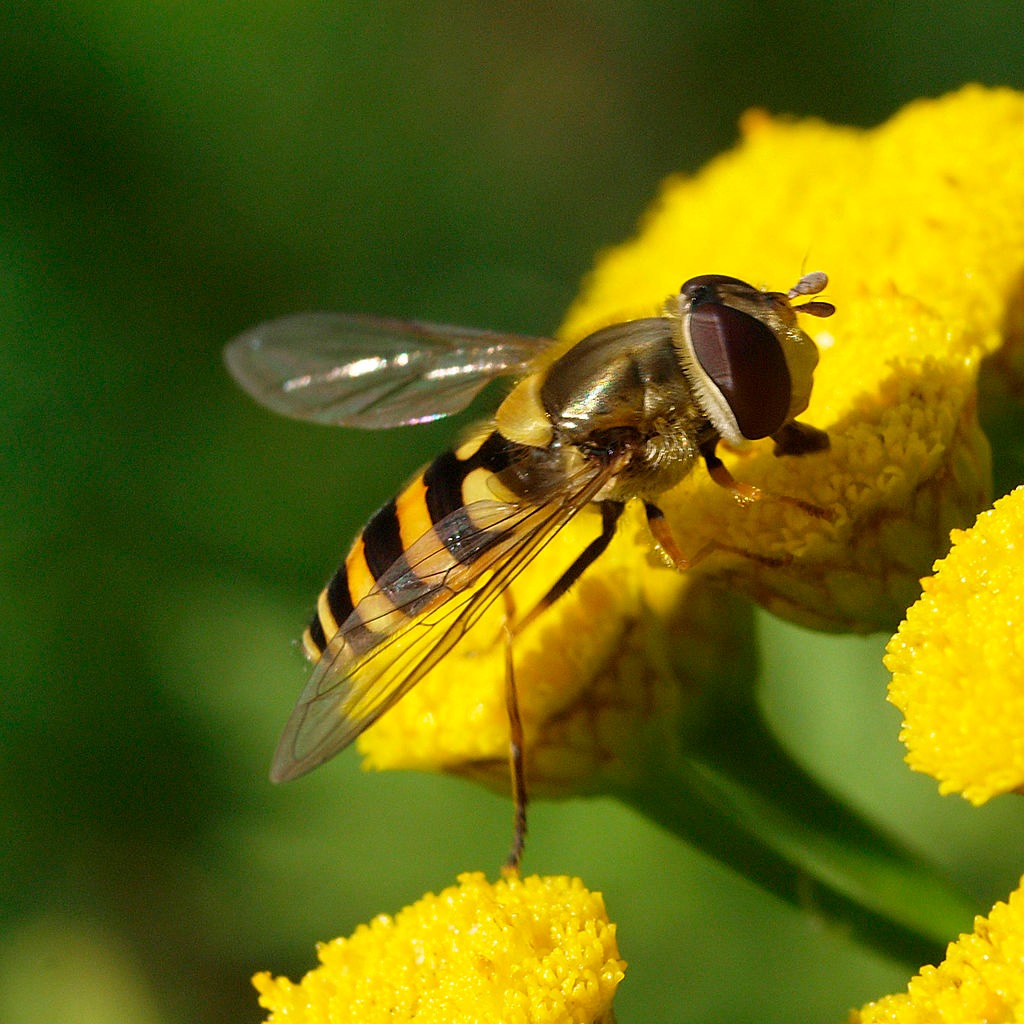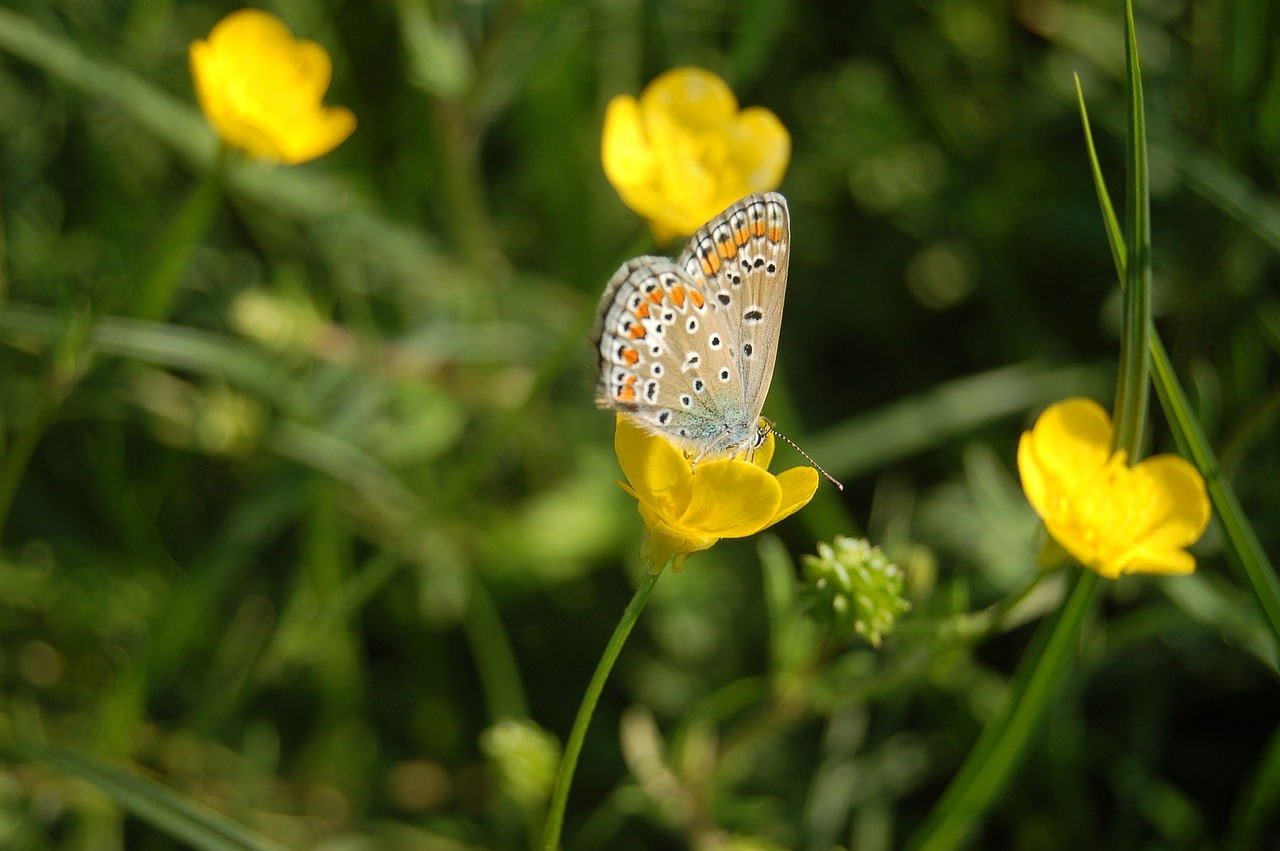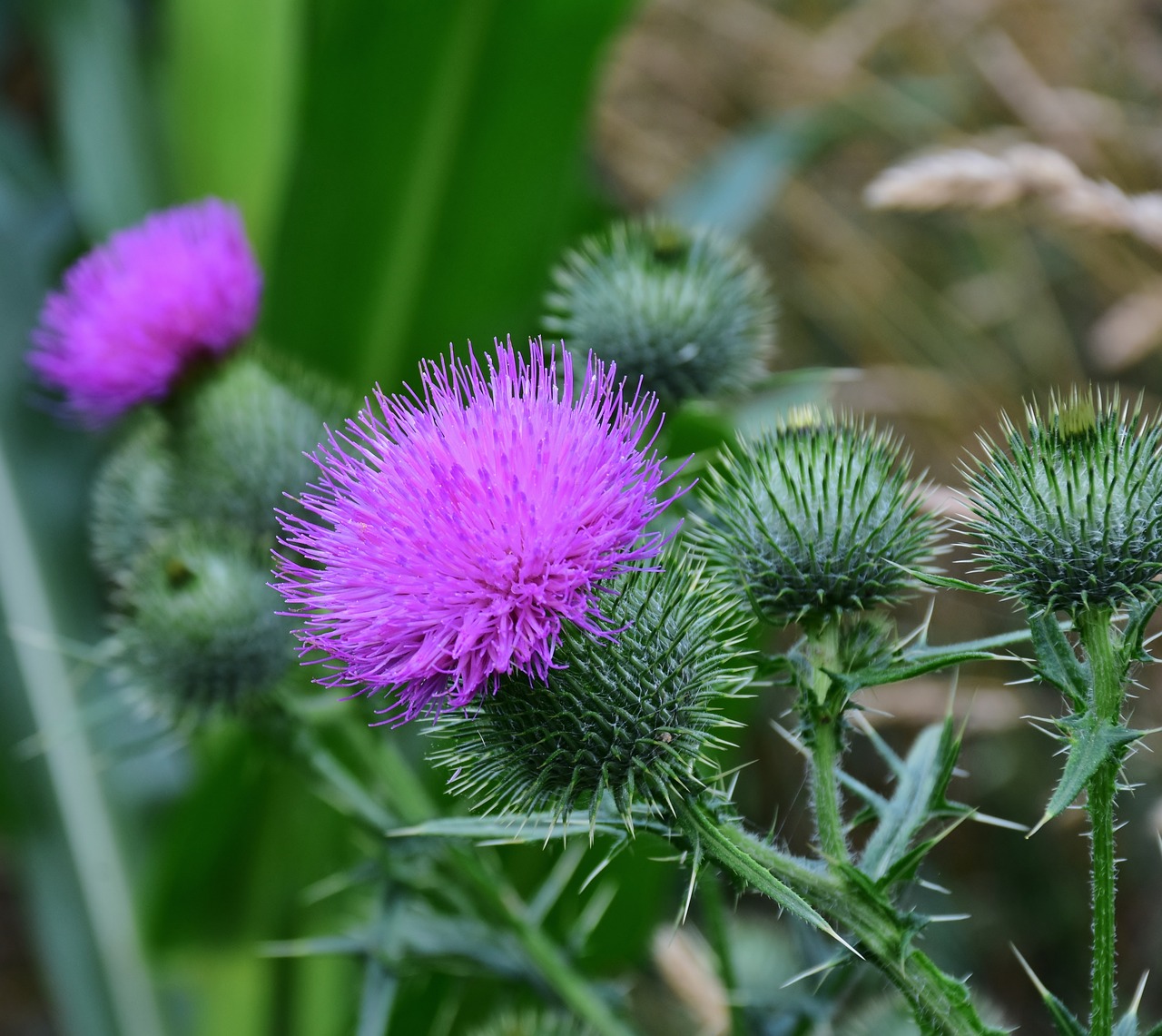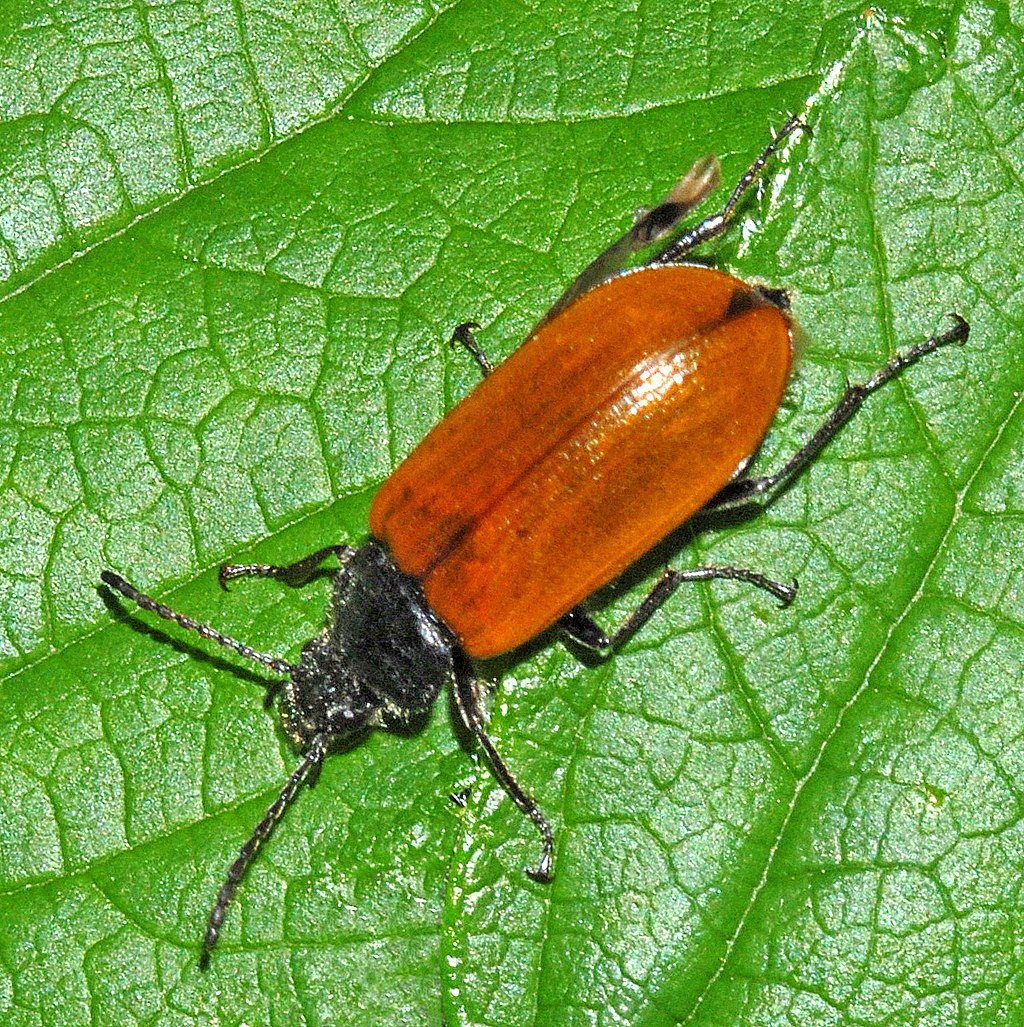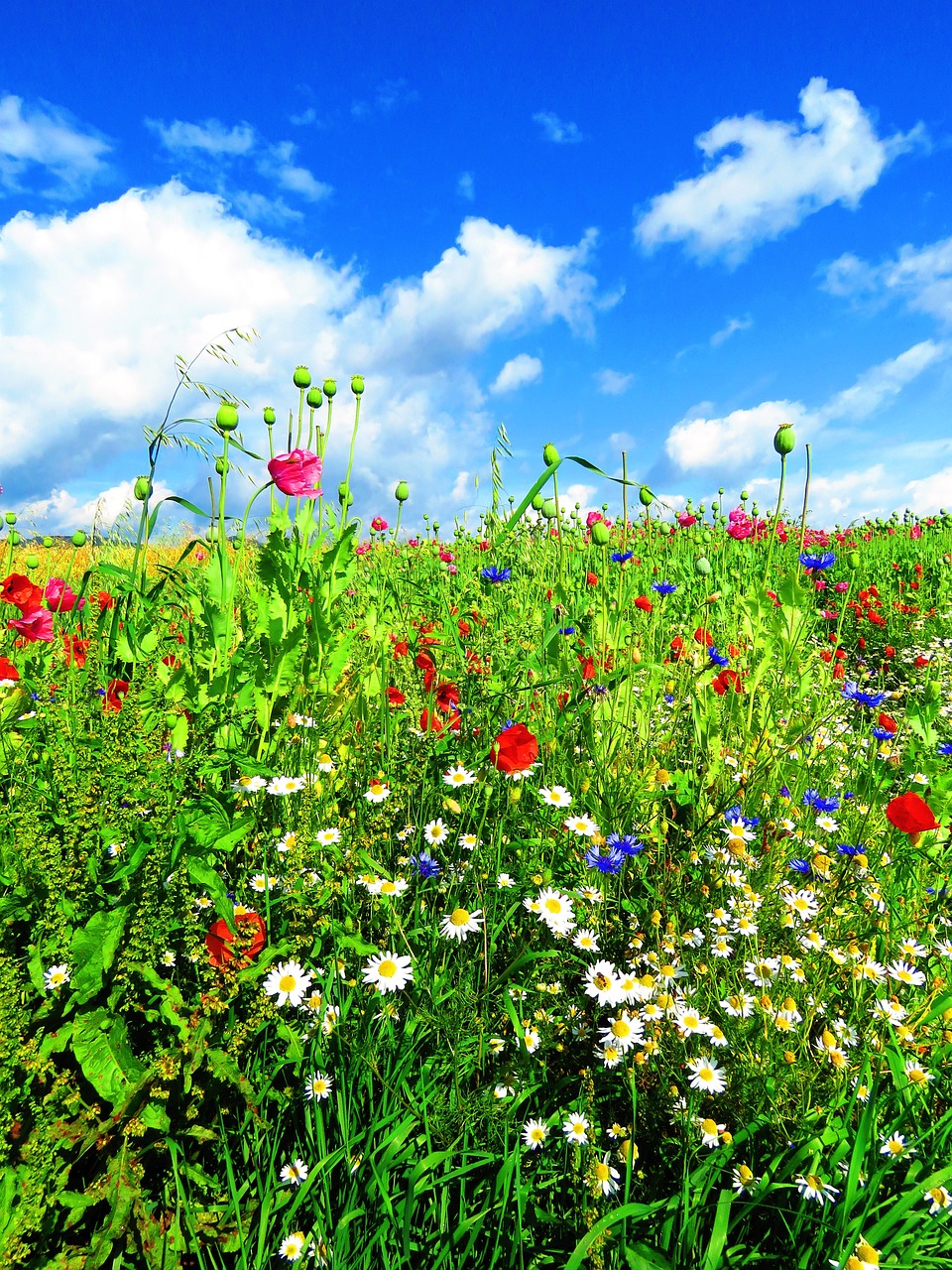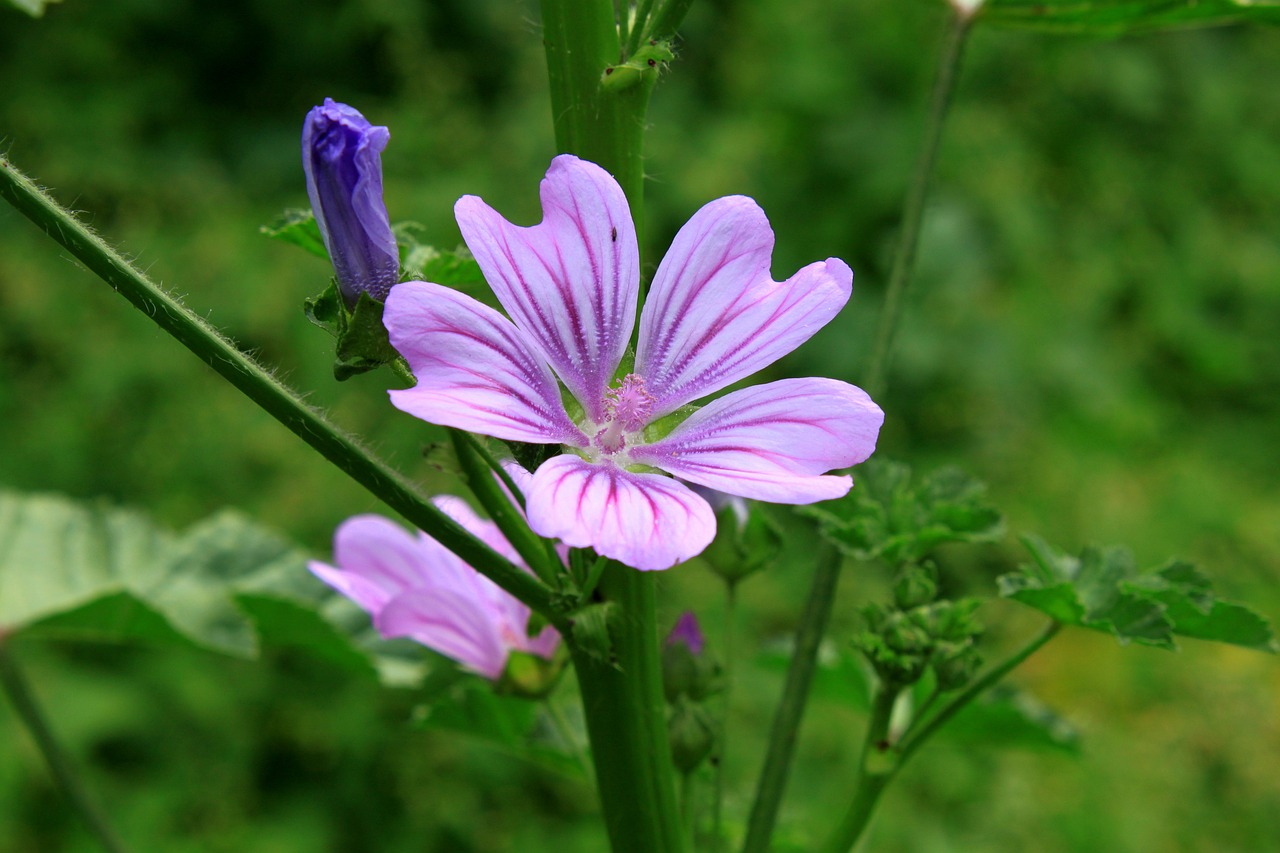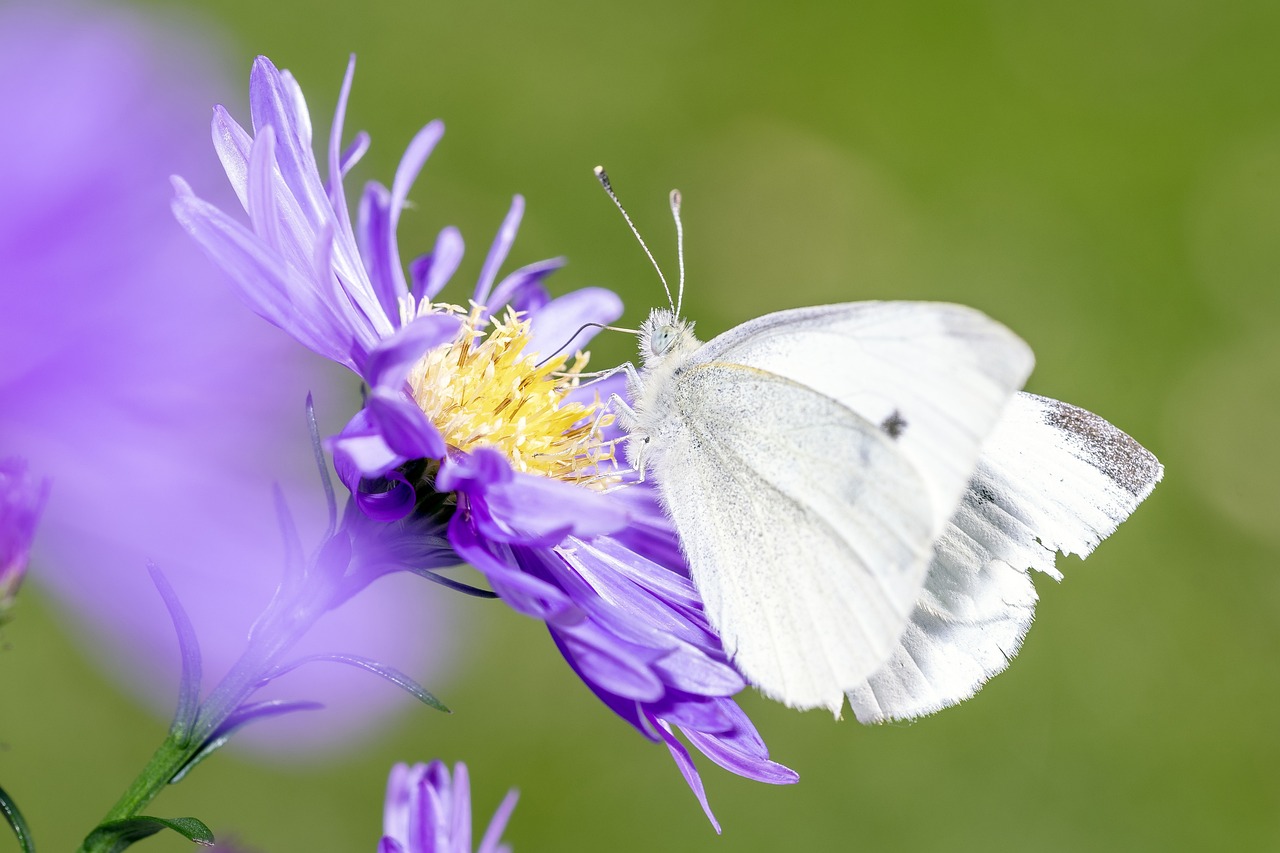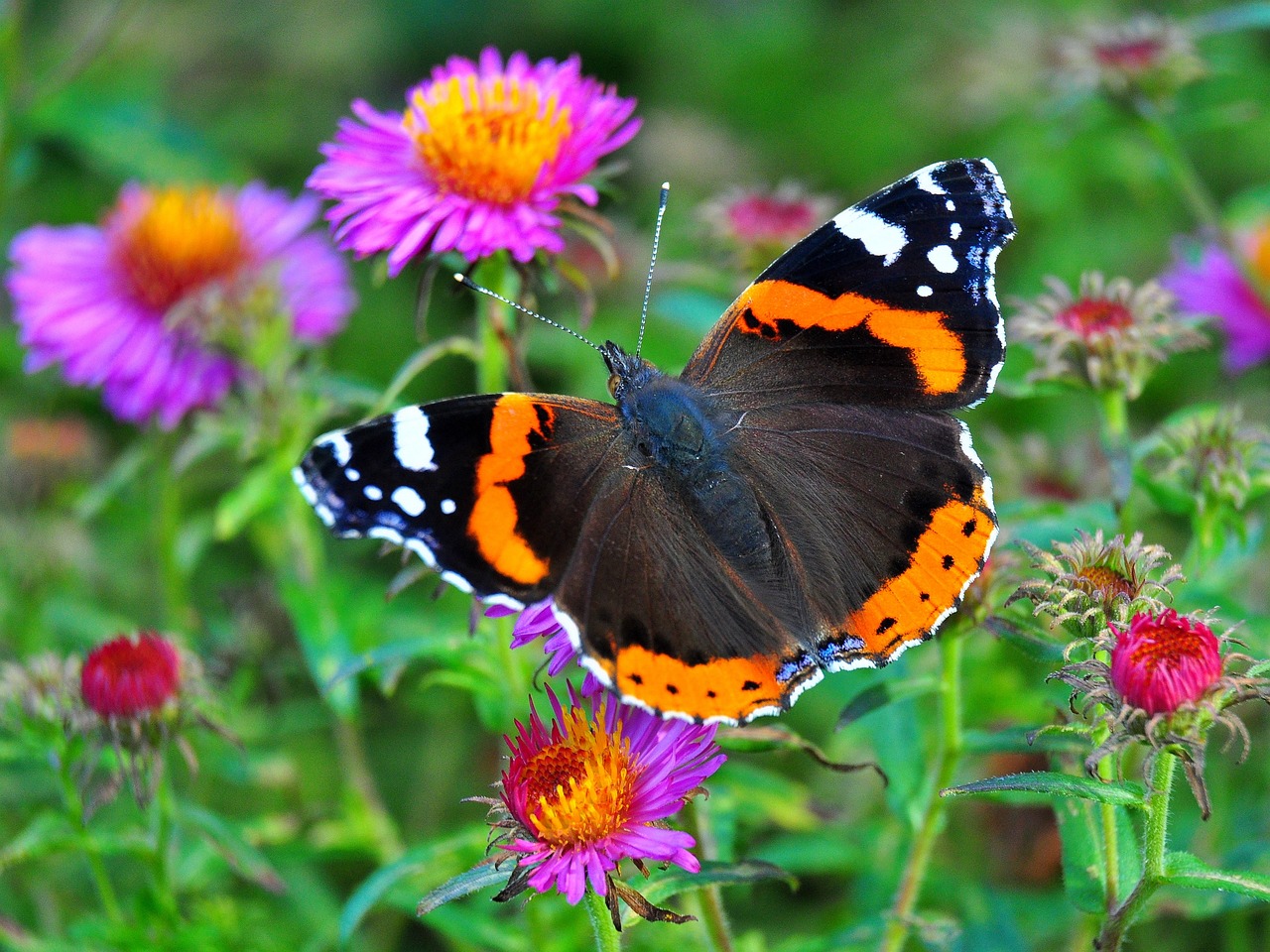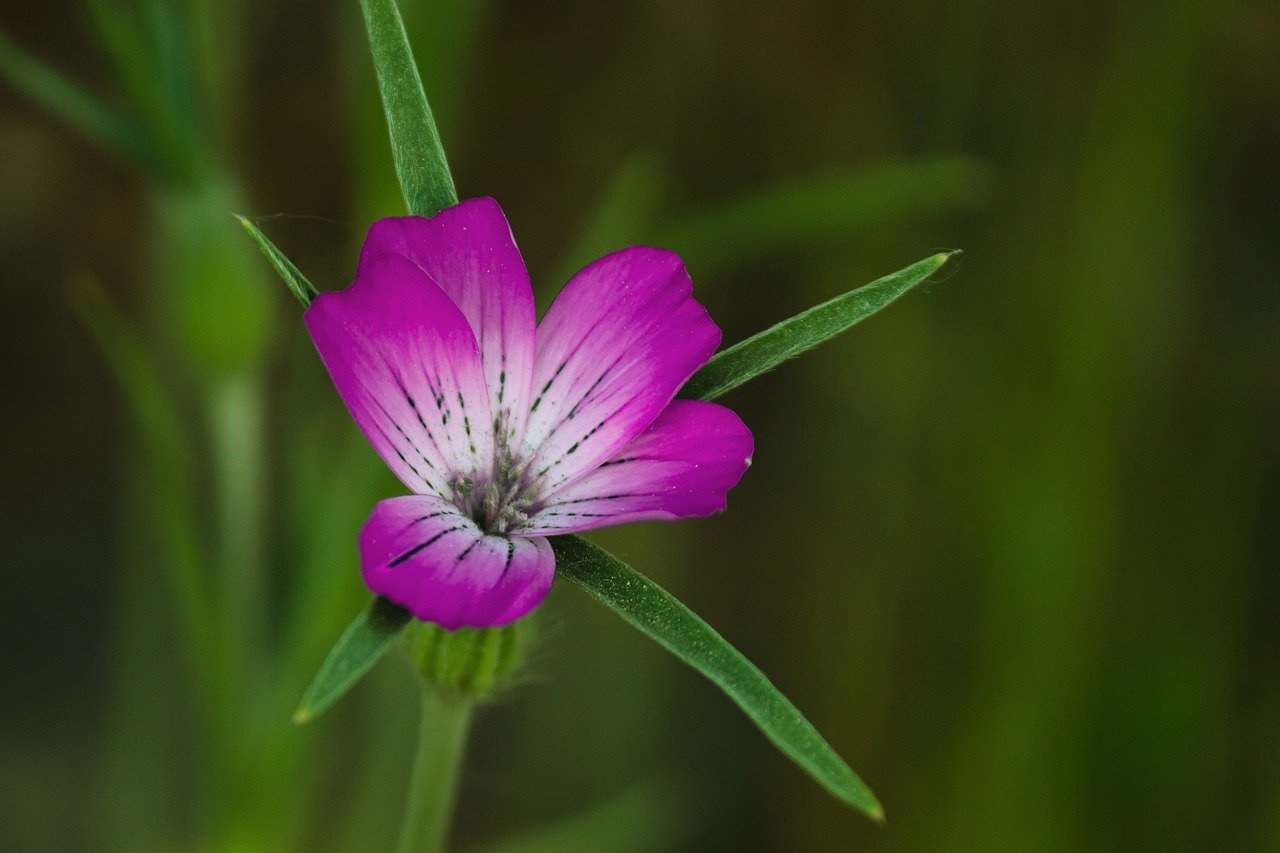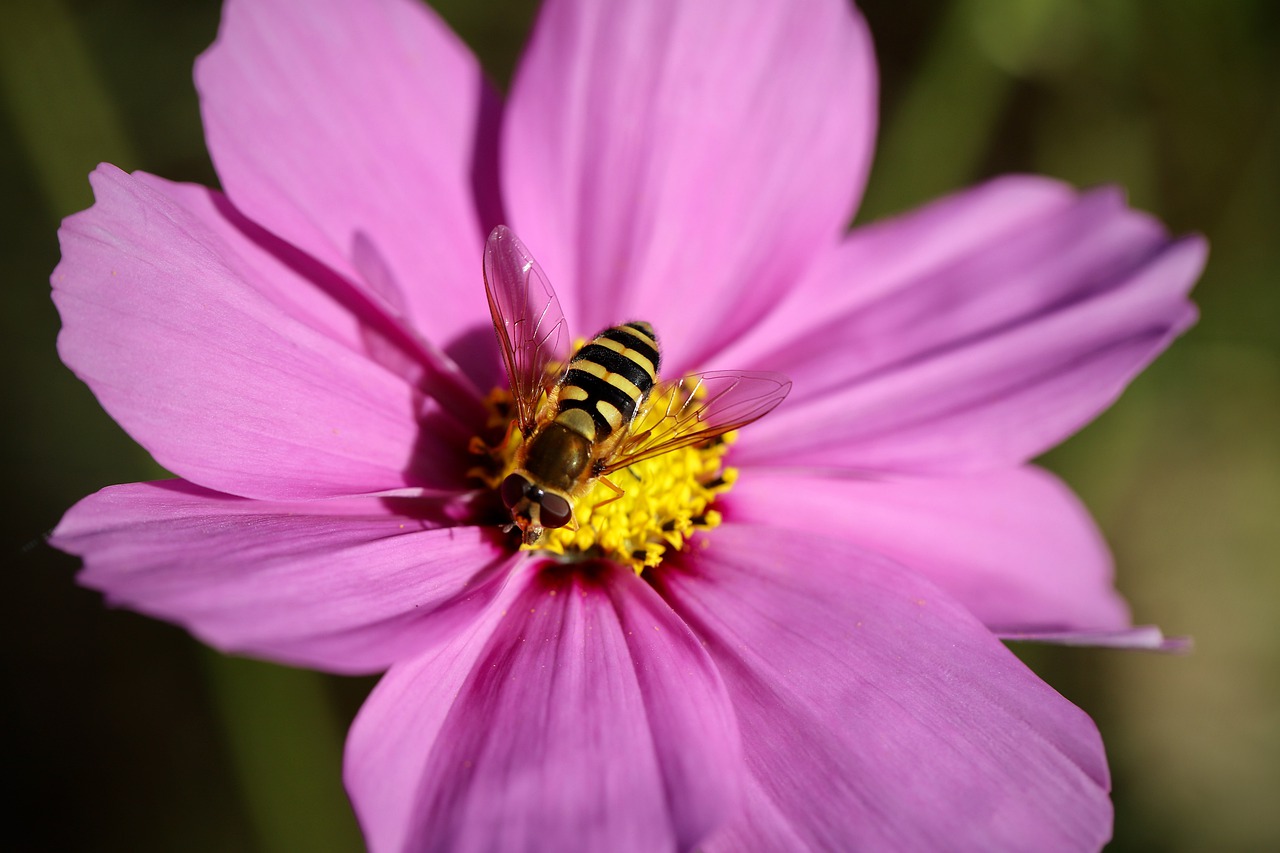Syrphus vitripennis – Aphid Predator
lifepollinaction2025-01-03T09:17:32+01:00Syrphus vitripennis Aphid Predator This insect is a Dipteran ("relative" of flies) and belongs to the Syrphidae family. Like most Syrphids, it has a yellow and black pattern to mimic more dangerous insects, such as wasps, discouraging predators. It is a common insect in the countryside and forests; adults feed on nectar and lay their eggs near aphid colonies. When the eggs hatch, the larvae voraciously feed on aphids using their sucking mouthparts. They play a significant role in biological pest control. Did you know? Like other Syrphids, Syrphus vitripennis is an aerial acrobat: [...]


